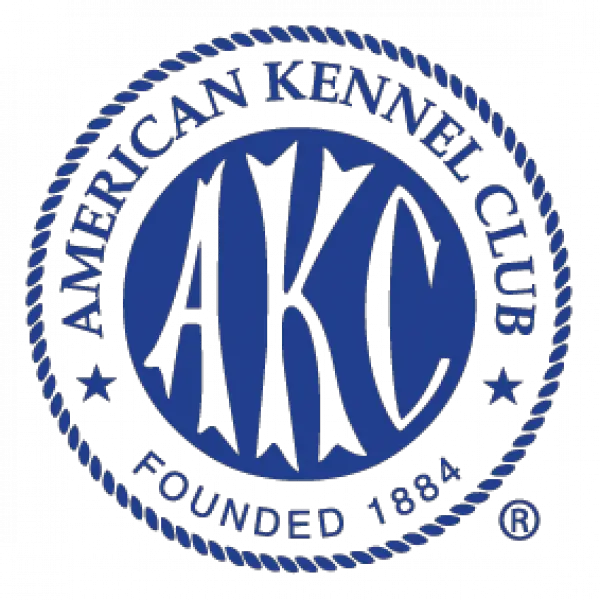Irish Mastiff History
The Irish Wolfhound, also known as the Irish Wolfdog, is an ancient breed of wolf-like canid originally used as a hunter by the Irish. It was announced by the Kennel Club in 1887 and is now recognised in many countries around the world. The origin of the name ‘Irish Wolfhound’ is unclear. The name may derive from the hound’s great speed and its size, which may have reminded people of a wolf. Another theory is that the name comes from an Old Norse word meaning ‘great one’. The hounds have been used in Ireland since pre-Christian times and were used as pack animals. The hounds would hunt in packs, driving wolves and deer into nets set up by the hunters. The hounds would also track other prey, such as rabbits and hares. The hounds continued to be used by the Irish until the early 19th century, but their numbers dwindled during the Great Famine. The hounds were eventually imported to England in 1824, where they were first exhibited at the Crystal Palace in 1838. The hounds became increasingly popular, and in 1889 they began to be imported into the United States. In 1897, the Irish Wolfhound Club of America was formed.
Irish Mastiff Physical Characteristics
The Irish Mastiff is a large, heavyset, muscular, and stocky breed of dog that is typically 24 to 27 inches at the withers and weighs between 100 and 170 pounds. They have thick, short, coarse hair that can be red, fawn, brindle, black, or blue. They have a moderately domed head with a blunt muzzle and a rounded skull. Their large, round eyes have a distinct almond shape. Their drooping ears are triangular in shape and are tipped with black. They have a large, wide nose that is dark in color and a black, pendant-shaped tongue. Their teeth meet in a scissors bite. Their tail is long, slightly curved, and set on low. Their legs are straight and strong. They have stiff, arched forelegs with large bones that are sturdy and parallel. Their hindquarters are broad and muscular, with well-muscled thighs and legs. Their dewclaws are removed. Irish Mastiffs have a square stance, with the front legs placed fairly close together. They are strong and heavily built, with a broad, deep chest.
Eye Colors
Brown
Nose Colors
Black
Coat Colors
Silver, Red, Gray, Black, Blue, Brindle, Cream
Height Range
Male Height Range: 31 – 36 inches
Female Height Range: 29 – 34 inches
Weight Range
Male Weight Range: 120 – 180 lbs
Female Weight Range: 105 – 165 lbs
Irish Mastiff Health
Description of breed health.
Lifespan
8-11 yrs
Irish Mastiff Health Concerns
Hip And Elbow Dysplasia, Bloat, Heart Conditions, Osteosarcoma, Wobbler’s Syndrome, Eye Diseases and Disorders
Irish Mastiff Temperament and Behaviour
The Irish Mastiff is an impressive, imposing, and powerful breed of dog. They are brave, courageous, and protective, and make great guard dogs. They are confident and sociable, but also dominant. They are independent and stubborn, so they don’t always get along with other dogs and can be difficult to train.
Irish Mastiff Activity Requirements
Irish Mastiffs are large, imposing dogs that were bred for guarding. These dogs are strong, protective, and loyal, making them great companions. While Irish Mastiffs are not very active, they do require daily walks and playtime. They are a good-natured, affectionate dog that enjoys spending time with their people. They will do well with an active family or a single person who can give the dog enough attention and activity. Small children may not be the best choice for an Irish Mastiff. These big dogs are very strong and can be quite intimidating. They are also possessive by nature and may react negatively towards small children.
Miles Per Day
8 miles
Activity Per Day
60 minutes
Daily Food
4 cups
Kennel Club Recognition

American Kennel Club
Not Recognized
Irish Mastiff is part of the Unclassified group.
Visit the American Kennel Club website.

The Kennel Club
Not Recognized
Irish Mastiff is part of the Unclassified group.
Visit the Kennel Club website.

Australian National Kennel Council
Not Recognized
Irish Mastiff is part of the Unclassified group.
Visit the Australian National Kennel Council website.

Canadian Kennel Club
Not Recognized
Irish Mastiff is part of the Unclassified group.
Visit the Canadian Kennel Club website.